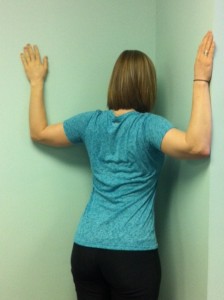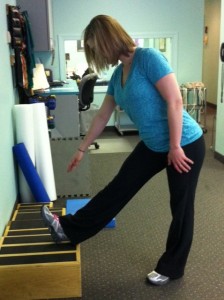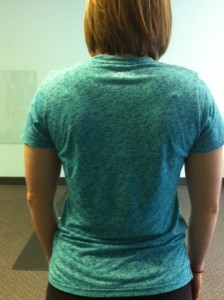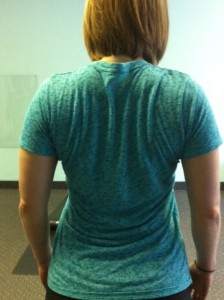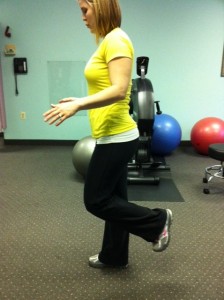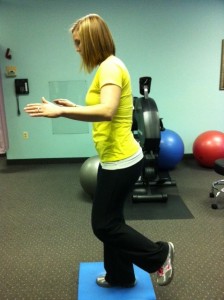Positions you should avoid:
1. Lying on your stomach– This position makes you maintain a position of head rotation. This causes your neck muscles to shorten and can result in pain and stiffness in the morning. Also, sleeping flat on your stomach extends your low back which causes shortening and tightening of the low back muscles.
2. Lying on your side with your arm above your head– This position can create shoulder pain. You can compress the nerves in your shoulder causing your arm to go numb. Also, you are impinging the shoulder joint. This can cause stiffness and soreness at the shoulder joint.
Ideal sleeping positions:
1. Lying on your side with your arms in front of your body and a pillow between your knees– This causes decrease strain on your shoulder and allows your back muscles to remain relaxed. The amount of pillows under your head should be determined by your neck position. Your neck position should be in a slightly flexed position compared to the rest of your body.
2. Lying on your back– In this position, you should make sure you are using the correct amount of pillows as noted above. Also, place pillows under your knees to create a position of decrease strain on your lower back.
Please note if you have current or previous injuries, the position you favor will depend upon making the area of injury as comfortable as possible. If you continue to have difficulty getting comfortable in bed, make an appointment to your local physical therapist. The therapist will determine which position will better suit you based upon your past and current medical history.

